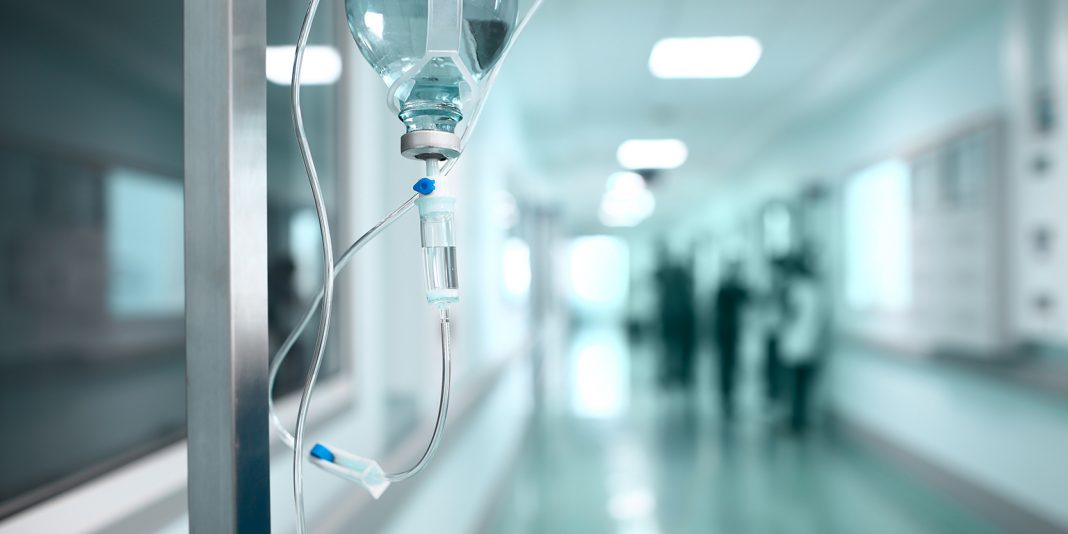A nurse-led initiative is stopping liquid morphine and similar drugs at a Wellington Hospital from being flushed into New Zealand’s waterways.
Lynne Green, a nurse at Wellington’s Wakefield Hospital and concerned environmentalist, first raised concerns six years about the risk to aquatic life and waterways of disposing of waste liquid medicines down the sink.
About three years ago she started working in earnest with the hospital’s quality improvement team to find a workable solution, said Rachel Lucas, the hospital’s clinical operations manager who is also a nurse.
The result was the hospital is now using a powder – Vernagel – commonly used to clean-up urine – which turns into a gel after absorbing liquids.
Lucas said Green first trialed four other methods for absorbing and disposing safely of the liquid drugs including kitty litter, coffee grounds, shredded newspaper and shredded tissue. But each had had its downsides and the Vernagel powder was found to be effective in holding the waste medicine and was easy to contain and dispose of.
Wakefield – a private elective surgery hospital – has calculated that it probably disposes of about 40 litres a year of waste or expired liquid drugs like morphine, fentanyl and other post-operative pain relief drugs. But Lucas said if you extrapolated that across all the country’s hospitals and pharmacies the amount of drugs being flushed into waterways could be “quite massive”.
Dr Richard Grenfell, director of Acurity Health Group, which operates Wakefield Hospital, said as far as it knew Wakefield was the first in New Zealand or Europe to use the product in this particular way.
“A positive step for the future would be to see all hospitals and pharmacies throughout New Zealand take on this method of drug disposal, making a significant contribution to cleaning up our waterways,” said Grenfell. “Healthier rivers, mean healthier people.”
Once absorbed in the gel, the waste goes to Porirua landfill’s InterWaste facility where it is steam sterilised, rendered inert, and then buried in the sanitary landfill. Liquids generated during decomposition are captured at the bottom of the landfill, discharged to sewer and eventually end up at a sewage treatment plant before the treated water is discharged to sea. The project was a winner at the Accurity Quality Awards in October and is likely to be rolled out to the fellow Acurity Health hospitals Bowen and Royston.





















